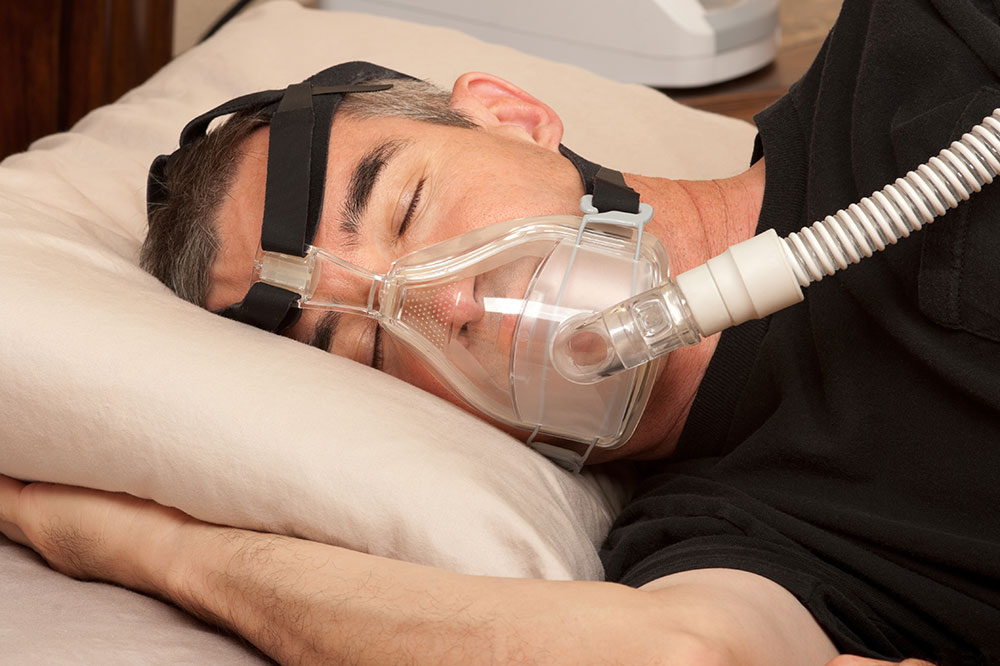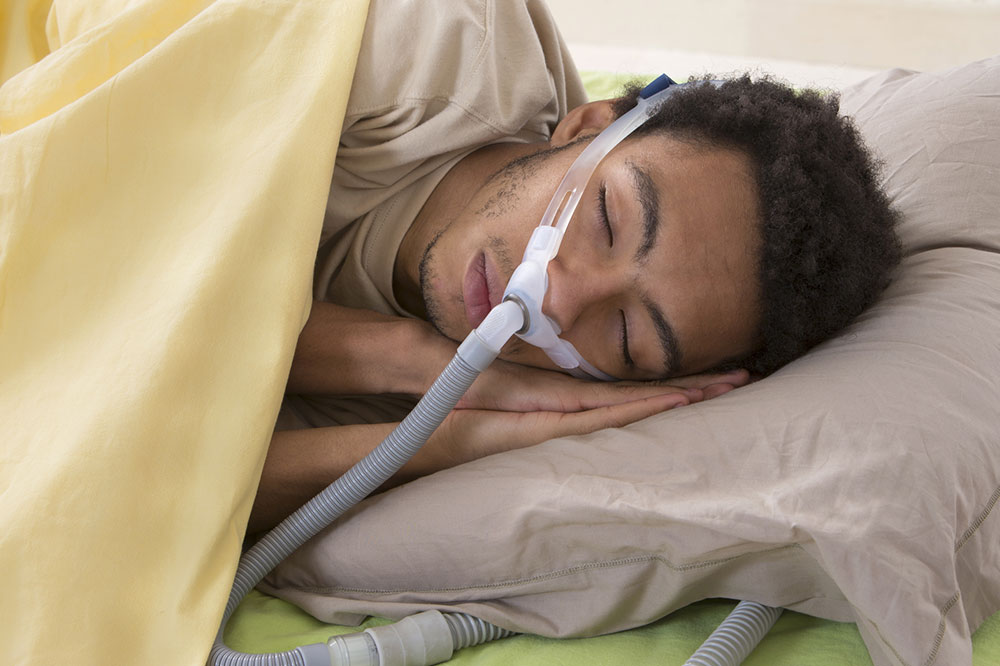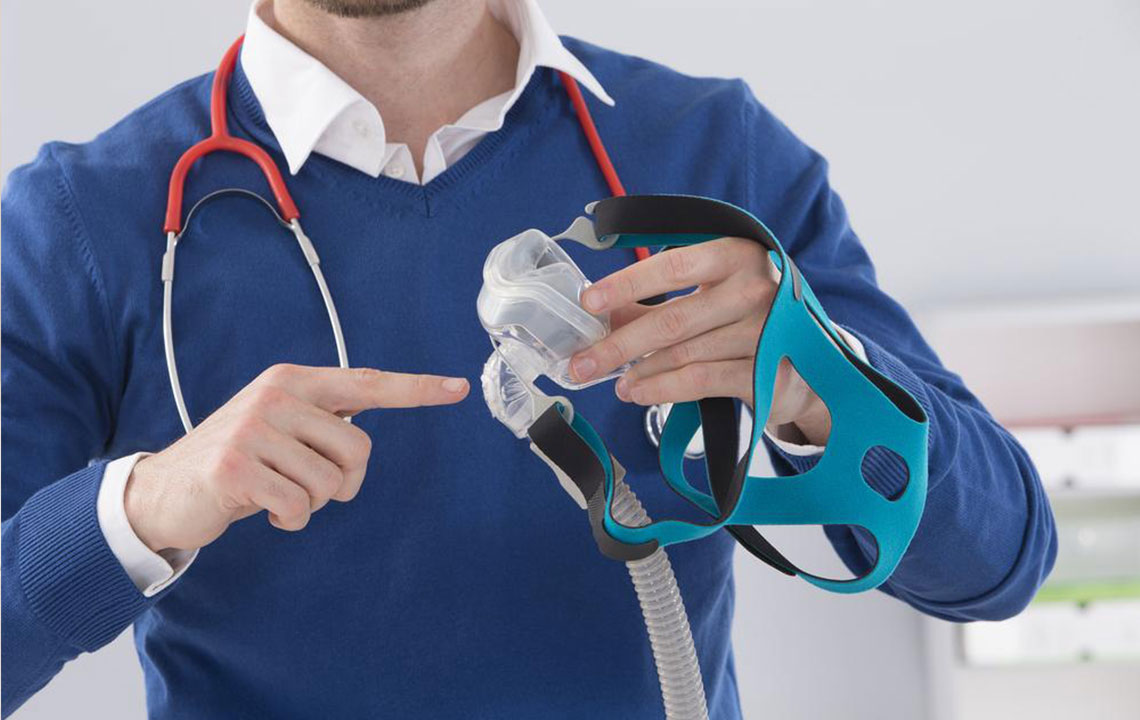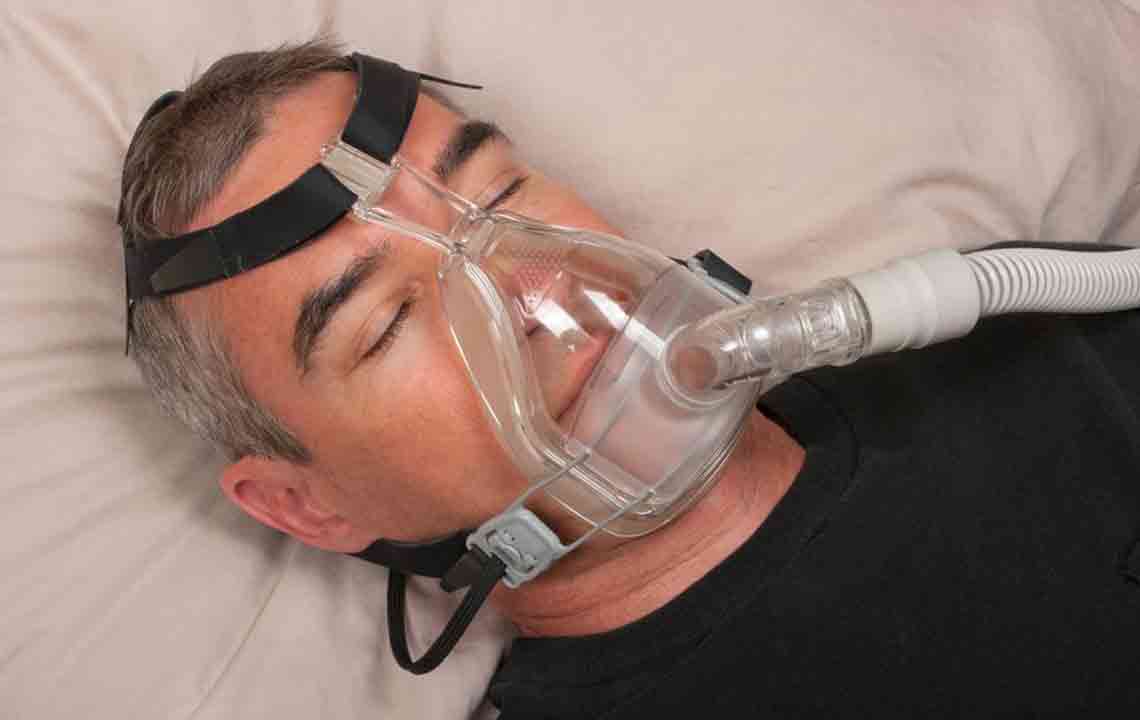Comprehensive Guide to Effective Medical Treatments for Sleep Apnea
This comprehensive article explores effective medical treatments for sleep apnea, including positive airway pressure therapy, hypoglossal nerve stimulation, and surgical options. It provides detailed insights into each intervention, helping patients and caregivers understand their choices for managing this serious sleep disorder. Tailored treatments can significantly improve sleep quality and overall health by preventing breathing interruptions during sleep.

Exploring Effective Medical Strategies for Managing Sleep Apnea
Sleep apnea is a complex and potentially dangerous sleep disorder characterized by repeated interruptions in breathing during sleep. It can cause a host of health problems, including elevated blood pressure, increased risk of cardiovascular diseases, fatigue, and impaired cognitive function. Recognizing and treating sleep apnea promptly is essential to safeguarding overall health and enhancing quality of life.
Fortunately, there are a variety of medical interventions designed to alleviate the symptoms of sleep apnea and address its underlying causes. These treatments range from continuous positive airway pressure devices to surgical procedures, catering to individual patient needs and severity levels.
Positive Airway Pressure (PAP) Therapy: The Cornerstone Treatment Among the most widely used and effective treatments for sleep apnea is Positive Airway Pressure (PAP) therapy. This approach involves wearing a specialized mask that covers the nose, mouth, or both, which is connected to a machine that delivers pressurized air. This constant airflow prevents the airway from collapsing or becoming blocked during sleep, thereby reducing apnea events.
There are several types of PAP devices tailored to meet specific patient needs, including:
Constant Positive Airway Pressure (CPAP): Delivers a steady, single pressure throughout sleep, making it the most common and reliable PAP device for sleep apnea treatment.
Bi-Level PAP (BiPAP): Provides two different levels of pressure—higher during inhalation and lower during exhalation—making it suitable for patients with complex sleep apnea or those who find exhaling against continuous pressure difficult.
Auto CPAP: Adjusts pressure automatically in real-time based on detected airway resistance, offering a more personalized therapy experience.
Adaptive Servo-Ventilation (ASV): Designed specifically for central sleep apnea, this device functions as an advanced ventilator that adapts airflow delivery based on breathing patterns, preventing both apnea and hypopnea episodes.
Hypoglossal Nerve Stimulator: Innovative Solution for Sleep Apnea For patients who do not respond well to PAP therapy or cannot tolerate the devices, hypoglossal nerve stimulation offers an innovative alternative. This minimally invasive procedure involves implanting a device that stimulates the hypoglossal nerve, which controls tongue movement. By stimulating this nerve with each breath, the device moves the tongue forward, preventing it from blocking the airway during sleep. The stimulator is implanted under the skin of the chest, with electrodes positioned to target relevant nerves and muscles, effectively maintaining unobstructed airflow.
Surgical Interventions: Addressing Structural Causes of Sleep Apnea In cases where anatomical abnormalities or tissue obstructions significantly contribute to airway blockage, surgical options may be necessary, especially when other treatments have failed. Surgical procedures aim to remove or modify tissues that obstruct airflow or to advance facial structures, thereby enlarging the airway space. Common surgical options include:
**Somnoplasty:**
A minimally invasive procedure that uses low-level radiofrequency energy to shrink excess tissue at the back of the throat, improving airway patency.
**Tonsillectomy:**
Removal of enlarged tonsils that may contribute to airway obstruction, particularly in children or adults with enlarged lymphoid tissue.
**Nasal Surgery:**
Corrects nasal obstructions caused by deviated septums or nasal polyps to facilitate easier breathing during sleep.
**Uvula and Soft Palate Procedures (Uvulectomy or UVPP):**
Removal or reshaping of the uvula and palate to prevent tongue and soft tissue collapse.
**Jaw Advancement Surgeries:**
Procedures like maxillomandibular advancement reposition the upper and lower jaws to enlarge the airway space significantly, offering long-term relief for severe cases.
In addition to these options, ongoing research continually introduces new therapies and devices aimed at improving sleep apnea management. The choice of treatment depends on factors such as the type and severity of sleep apnea, anatomical considerations, patient preferences, and overall health status. Consulting with a sleep specialist is essential to determine the most effective individualized treatment plan, ensuring better sleep quality, improved health outcomes, and enhanced daily functioning.




